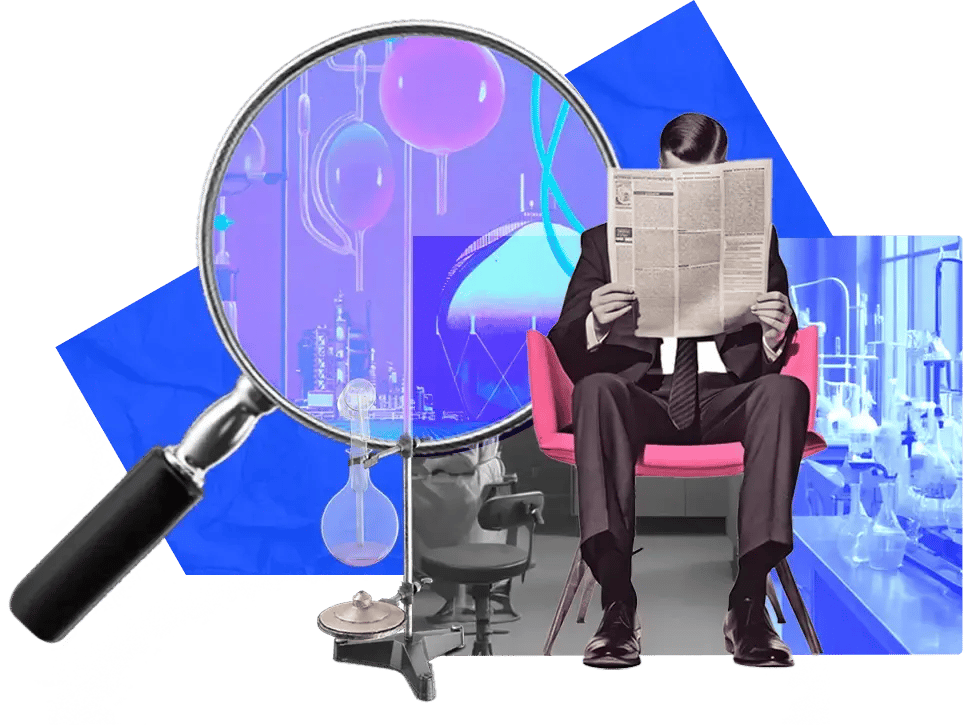 Innovation Management
Innovation Management
ITONICS INNOVATION BLOG
Let's talk innovation
Inspiring insights and best practices on innovation management, foresight, and strategy.

 Innovation Management
Innovation Management
 Idea Management
Idea Management
How to Run a Successful Hackathon: From Idea Generation to Real-World Prototyping
15 Apr 25 | 11 mins read
 Roadmapping
Roadmapping
Top 10 Steps for a Clear and Future-Ready Technology Roadmap
07 Apr 25 | 10 mins read
 Portfolio Management
Portfolio Management
Best 6 R&D Management Software to Streamline R&D Operations
03 Apr 25 | 10 mins read
 Innovation Management
Innovation Management
Impactful Innovation Intelligence: A Guide to Data-Driven Innovation
03 Apr 25 | 7 mins read
 Innovation Management
Innovation Management
Innovation Community: How to Build a Good One and Manage Stakeholders
01 Apr 25 | 13 mins read
 Roadmapping
Roadmapping
7 Tips to Make Your Innovation Project Meetings More Productive
01 Apr 25 | 8 mins read
 Roadmapping
Roadmapping
Product Roadmap Creation: The 4 Essential Steps
01 Apr 25 | 18 mins read
 Portfolio Management
Portfolio Management
6 Tips for Innovation Portfolio Management: Tools, Methods, Process
31 Mar 25 | 13 mins read





